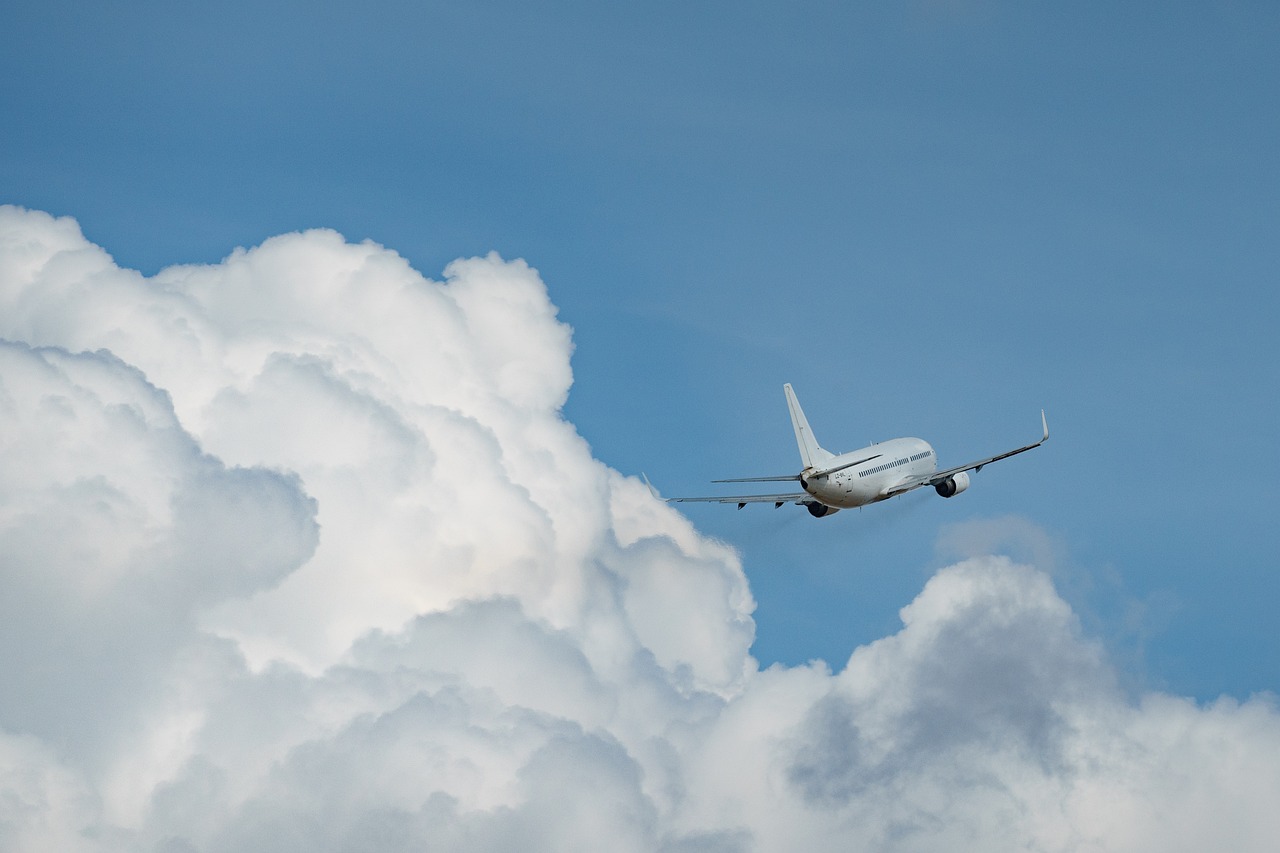In the dynamic world of aviation, safety remains the highest priority. One of the most critical aspects of ensuring safety is the prevention of mid-air collisions. With the rapid advancement of technology, the development of anti collision in the air apps has become a game-changer in enhancing aviation safety. These innovative applications provide real-time data and alerts to pilots, helping them avoid potential collisions and navigate the skies more securely.
What is an Anti Collision in the Air App?
An anti collision in the air app is a specialized software designed to help pilots detect and avoid other aircraft in their vicinity. These apps use a combination of GPS data, aircraft transponder information, and advanced algorithms to monitor the position and trajectory of nearby aircraft. When a potential collision risk is identified, the app provides immediate alerts and recommended actions to the pilot, enabling timely evasive maneuvers.
Key Features of Anti Collision in the Air Apps
- These apps offer real-time tracking of nearby aircraft, displaying their positions relative to the user’s aircraft on an interactive map. This feature allows pilots to maintain situational awareness and anticipate potential conflicts.
- The core function of an anti collision in the air app is to provide timely alerts. These alerts can be visual, auditory, or both, ensuring that the pilot is immediately aware of any imminent collision risk.
- Advanced algorithms predict the future positions of aircraft based on their current speed and trajectory. This predictive analysis helps in identifying collision risks before they become critical, giving pilots more time to react.
- Some apps integrate weather data, providing additional context for decision-making. Poor weather conditions can significantly impact visibility and flight paths, so having this information integrated into the app enhances overall safety.
- The interface of an anti collision in the air app is designed to be intuitive and easy to use, even in the high-stress environment of a cockpit. Clear graphics, simple controls, and effective alert systems ensure that pilots can quickly understand and respond to any warnings.
Benefits of Using Anti Collision in the Air Apps
- Enhanced Safety: By providing real-time information and predictive alerts, these apps significantly reduce the risk of mid-air collisions. This enhancement in safety is crucial for both commercial and general aviation.
- Increased Situational Awareness: Pilots have a clearer understanding of their surroundings, including the position and movement of other aircraft. This situational awareness is vital for safe navigation, especially in crowded airspace.
- Cost Savings: Preventing collisions not only saves lives but also reduces costs associated with accidents, such as aircraft repair, insurance premiums, and legal liabilities.
- Ease of Integration: Many anti collision in the air apps are designed to integrate seamlessly with existing avionics systems, making adoption straightforward for pilots and airlines.
Challenges and Considerations
While the benefits are substantial, there are also challenges associated with implementing anti collision in the air apps:
- Accuracy of Data: The effectiveness of these apps depends on the accuracy of the data they receive. GPS errors, outdated transponder information, or technical glitches can impact the reliability of alerts.
- Pilot Dependence: There is a risk that pilots might become overly reliant on the app, potentially reducing their vigilance. It’s essential that these apps are used as a supplementary tool rather than a primary means of collision avoidance.
- Cost of Implementation: For smaller airlines and private pilots, the cost of purchasing and integrating these apps can be a barrier. However, the long-term safety benefits often justify the investment.
The Future of Anti Collision in the Air Apps
The development and refinement of anti collision in the air apps are ongoing, with advancements in artificial intelligence and machine learning promising even greater accuracy and reliability. Future iterations of these apps will likely offer enhanced features, such as more sophisticated predictive analytics, better integration with air traffic control systems, and improved user interfaces.
As the aviation industry continues to prioritize safety, anti collision in the air apps will play an increasingly important role in preventing accidents and ensuring the secure navigation of our skies. By embracing these technological advancements, the industry can continue to uphold the highest standards of safety and reliability.
In conclusion, anti collision in the air apps represent a significant step forward in aviation safety. By providing real-time tracking, predictive alerts, and integrating with existing systems, these apps help pilots navigate safely and avoid potential collisions. As technology advances, these tools will become even more essential in ensuring the safety and efficiency of air travel.
